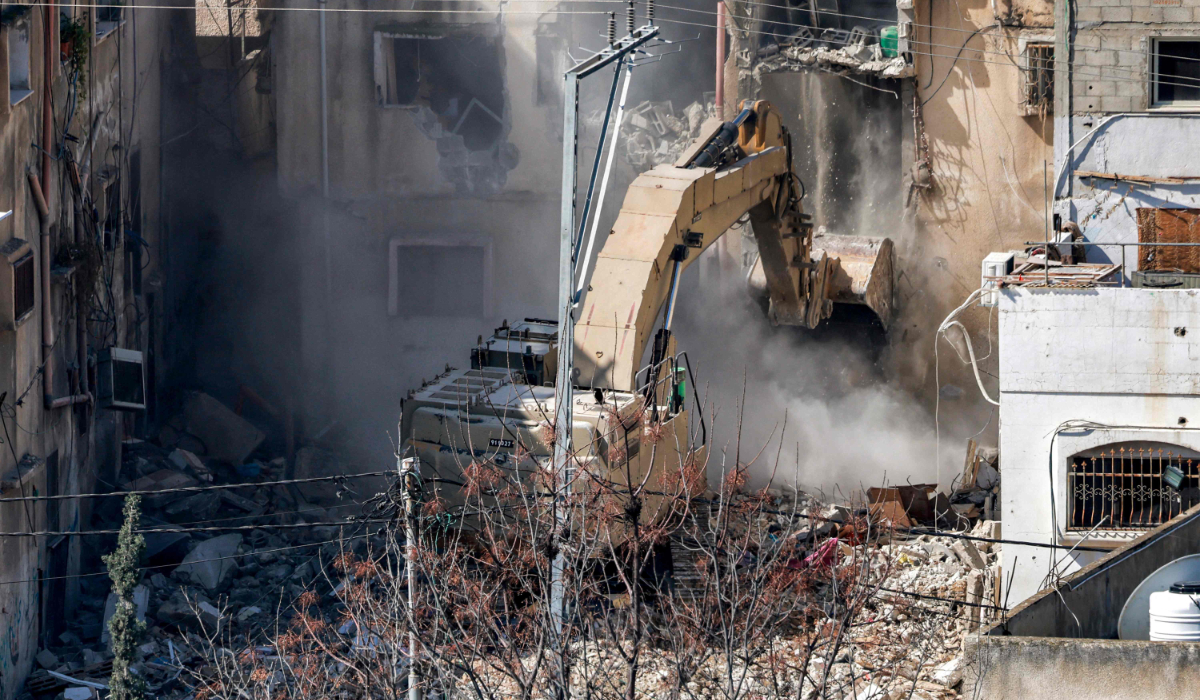TEHRAN: Iran opened a five-day registration period Thursday for hopefuls wanting to run in the June 28 presidential election to replace the late Ebrahim Raisi, who was killed in a helicopter crash earlier this month with seven others.
The election comes as Iran grapples with the aftermath of the May 19 crash, as well as heightened tensions between Tehran and the United States, and protests including those over the 2022 death of Mahsa Amini that have swept the country.
While Supreme Leader Ayatollah Ali Khamenei, 85, maintains final say over all matters of state, presidents in the past have bent the Islamic Republic of Iran toward greater interaction or increased hostility with the West.
The five-day period will see those between the ages of 40 to 75 with at least a master’s degree register as potential candidates. All candidates ultimately must be approved by Iran’s 12-member Guardian Council, a panel of clerics and jurists ultimately overseen by Khamenei. That panel has never accepted a woman, for instance, nor anyone calling for radical change within the country’s governance.
Raisi, a protege of Khamenei, won Iran’s 2021 presidential election after the Guardian Council disqualified all of the candidates with the best chance to potentially challenge him. That vote saw the lowest turnout in Iran’s history for a presidential election. That likely was a sign of voters’ discontent with both a hard-line cleric sanctioned by the US in part over his involvement in mass executions in 1988, and Iran’s Shiite theocracy over four decades after its 1979 Islamic Revolution.
Who will run — and potentially be accepted — remains in question. The country’s acting president, Mohammad Mokhber, a previously behind-the-scenes bureaucrat, could be a front-runner, because he’s already been seen meeting with Khamenei. Also discussed as possible aspirants are former hard-line President Mohammad Ahmadinejad and former reformist President Mohammad Khatami — but whether they’d be allowed to run is another question.
The five-day registration period will close on Tuesday. The Guardian Council is expected to issue its final list of candidates within 10 days afterwards. That will allow for a shortened two-week campaign before the vote in late June.
The new president will take office while the country now enriches uranium at nearly weapons-grade levels and hampers international inspections. Iran has armed Russia in its war on Ukraine, as well as launched a drone and missile attack on Israel amid the war in Gaza. Tehran also has continued arming proxy groups in the Middle East, like Yemen’s Houthi rebels and Lebanon’s Hezbollah militia.
Meanwhile, Iran’s economy has faced years of hardship over its collapsing rial currency. Widespread protests have swept the country, most recently over Amini’s death following her arrest over allegedly not wearing her mandatory headscarf to the liking of authorities, A UN panel says the Iranian government is responsible for the “physical violence” that led to Amini’s death.
Raisi is just the second Iranian president to die in office. In 1981, a bomb blast killed President Mohammad Ali Rajai in the chaotic days after the Islamic Revolution.
Iran opens registration period for presidential election after Raisi’s fatal helicopter crash
https://arab.news/jcdr2
Iran opens registration period for presidential election after Raisi’s fatal helicopter crash

- The election comes as Iran grapples with the aftermath of the May 19 crash
- The five-day period will see those between the ages of 40 to 75 with at least a master’s degree register as potential candidates























